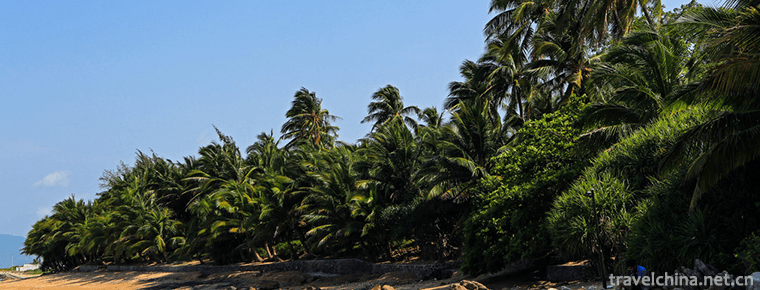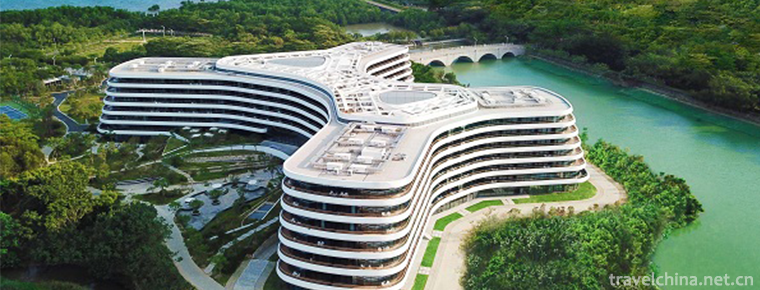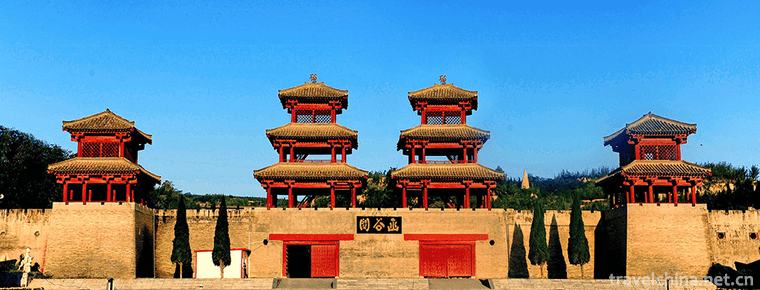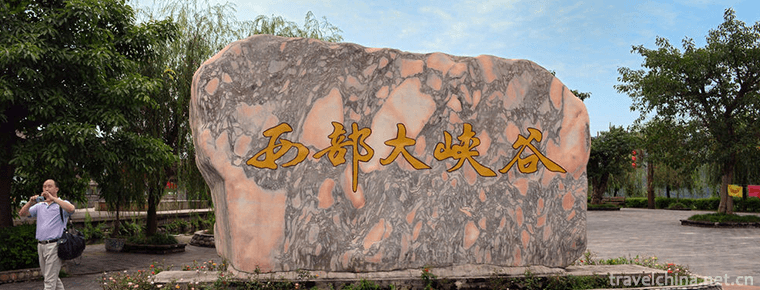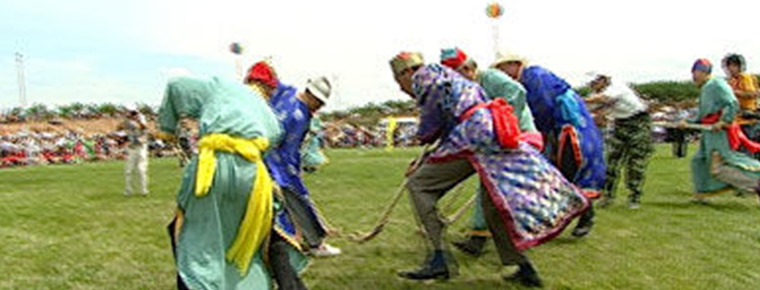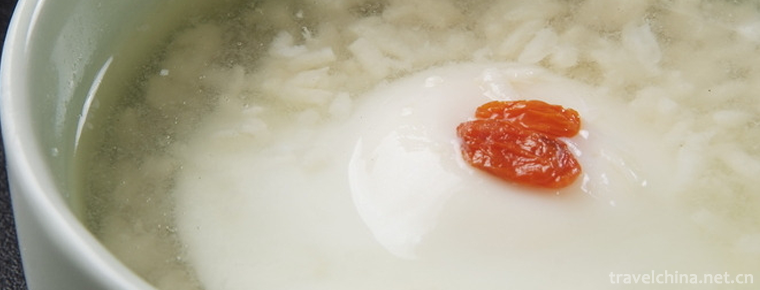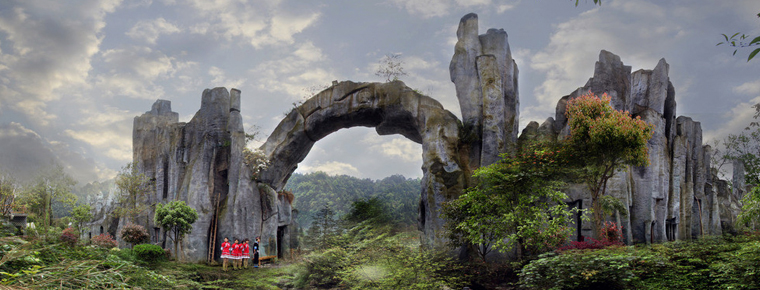Yihuang Opera
Yihuang Opera
Yihuang Opera, formerly known as Yihuang Ban and Yihuang Diao, is one of the national intangible cultural heritage in Yihuang, Nancheng, Nanfeng and Guangchang counties of Jiangxi Province, as well as in Northeast Jiangxi, Southern Jiangxi and Western Fujian.
The history of Yihuang Opera can be traced back to the "blowing tune" of Western Qin Opera in the late Ming Dynasty. The Yihuang Opera evolved from the late Qing Dynasty, which absorbed other tunes and plays and formed a comprehensive variety of tunes. In addition, there are counter-tones, suona, Xipi, Zhejiang tunes, blowing tunes, North-South Ci and so on, and men and women are in the same tune. Clean foot should be divided into big flowers, two flowers, three flowers and four flowers. There are some ancient customs in the performing arts.
On May 20, 2006, Yihuang Opera was approved by the State Council of the People's Republic of China to be included in the first batch of national intangible cultural heritage list, the heritage number: IV-38.
historical origin
Yihuang Opera was developed in Yihuang County in the early Qing Dynasty. Since the pronunciation of Yihuang Opera in Jiangsu and Zhejiang was not divided into Yihuang Opera and Yihuang Opera, it was later called Erhuang Opera.
Yihuang Opera can be traced back to the Western Qin Opera of Ming Dynasty. The tunes of the Western Qin Opera include "two criminals" accompanied by Suona and "blowing tunes" accompanied by flute. Among them, the "second offender" has become a unique Yihuang tune because of its great development compared with the "second offender" in the Western Qin Opera.
In the early period of Qianlong reign of the Qing Dynasty, Yiling changed his original accompaniment instrument, the cylindrical huqin, to the main instrument. From then on, Suona "two criminals" and flat "playing tune" became the huqin tune.
Li Tiaoyuan, a Qing Dynasty dramatist, once wrote in Yucun Opera Tales that Huqin Tune originated from Jiangyou, also known as Erhuang Tune. The birth of Huqin tune marks the increase of Banqiang music in the south.
Cultural characteristics
Music for voices in a Chinese Opera
The tunes of Yihuang Opera mainly include Yihuang Opera, Anti-tune Opera, Suona Erfan Opera, Xipi Zhe Opera Opera Opera, Southern and Northern Ci Opera, etc. At the same time, it retains the blowing tune of the Western Qin Opera, commonly known as "flat blowing tune". Yihuang Opera is more primitive, straight, with few and short dragging tones. Laosheng and Laodan use their own voices, while Xiaosheng combines their big and small voices, and the final tone is often raised by eight degrees, with the same tone for men and women.
The acoustic cavity belongs to the plate cavity of random projectile system. Singing is characterized by the combination of small voice, real voice and false voice, and big voice in other professions. When singing, we should pay attention to articulating clearly and following the words. In traditional singing, there are many linings, almost every sentence. Moisturizing techniques such as leaning, Boeing and sliding tones are commonly used in the cavity. Language uses Zhongzhou rhyme, but clowns often use Yihuang dialect.
Foot color
The role of Yihuang Opera can be divided into Zhengsheng, Xiaosheng, Laosheng, Vice-Sheng, Zhengdan, Xiaodan, Erdan, Laodan, Dahua, Erhua, Sanhua and Four Flowers in modern times. Its performance is rough and simple, rigorous and stable. In some plays, the characters ride horses, instead of using the whip to replace the horse body, they tie the horse shape to the body in the way of Yuan and Ming Zaju operas, and dance with the sound of the hooves of the gongs and drums to make the running horse's body.
Body section
The performances of Yihuang Opera include: repairing books, reading letters, playing memorials, getting on and off horses, lighting lights, sword-dancing, drinking, ascending hall, sitting accounts, etc. The essential basic skills include "back-grabbing", "tiger-poking", "swivel", "Kezi", "zombie" and "throwing start". The basic steps include "square step", "pad step", "kneeling step". ” Wait. Danjiao performances include opening and closing doors, sweeping, fuqin, curtain rolling, dressing, etc. The essential basic skills include "lying in the clouds", "turning over the kite", "Oolong columnar" and "sleeve work".
accompaniment
In the early stage of Yihuang Opera, there were three types of "Suona Second Offenders" accompanied by flute. In the early Qianlong period of the Qing Dynasty, "Yihuang Tune" was replaced by Huqin as the main musical instrument, and the tunes of "blowing tune" and "two offenders" were unified. The "two offenders" were divided into four kinds of wrenches. The playing tune became an ordinary wrench, forming a widely circulated "Huqin Tune".
Representational repertoire
The traditional operas of Yihuang Opera are mostly based on historical stories, scripts, classical novels, folklores and myths. Representational repertoire: Qingguan Book, Medicine Tea Record, Sanguantang, Qishuangdao, Four Kingdoms Qi, Female and Male Whips, Qingyang Tu, Shuanglong Hui, Shangtaitai, Laojuntang, Flying Dragon Biography, Yueming Tower, Jiangdong Bridge, Spring and Autumn Matching, Longfeng Pavilion, Torture Spring Peach, Eight Immortals Drifting Sea, Selling Pears and Recruiting Kinship Wait.
Inheritance and Protection
Inheritance value
Yihuang Opera occupies a prominent position in the history of Chinese opera. Its formation, development and decline have become a microcosm of the history of Chinese opera. Therefore, Yihuang Opera is an ideal specimen for exploring and studying the law of evolution of Chinese opera.
Current situation of inheritance
In modern society, the survival and development of Yihuang Opera are facing many crises. Especially in 1989, after the disbandment of Yihuang Opera Troupe, the ancient opera of Yihuang Opera is gradually in an endangered situation.
Heritage figures
Deng Yi, the representative successor of the fifth batch of national intangible cultural heritage projects, declared in Yihuang County, Jiangxi Province. Declaration items: Yihuang Opera.
protective measures
On May 29, 2018, in the dance room of Yihuang Experimental Primary School, students were practicing the basic movements of "opera gymnastics". Yihuang County protects and inherits non-legacy culture in various forms. Traditional opera extracts body movements from Yihuang opera, integrates traditional opera music melody and combines with modern radio gymnastics to make students feel the charm of traditional culture while exercising their bodies.
social influence
Honorary recognition
In July 1960, Yihuang Opera participated in the second Jiangxi Opera Festival and the first provincial Youth Actors'Festival. Qiwang Crying Hall was awarded the performance prize. Applied Xian, Wu Songling and Xiong Biyun were awarded the actors' prize.
In 1981, young actors of Yihuang Opera performed Meng Liang's Moving Army in the provincial capital. Zhang Xiaoping and Zhang Jianzhong won performance awards and recorded them on TV.
In the winter of 1983, Yihuang Opera Modern Drama "Wife, Children, Old and Young" participated in the regional production and performance, and won the drama and performance award.
Important performances
On September 27, 2016, Yihuang Opera "Four Dreams of Linchuan" appeared at the third China (Fuzhou) Tang Xianzu Art Festival Exhibition of Excellent Dramas.
In the autumn of 1982, Yihuang Opera adapted and rehearsed three traditional operas in The Story of Purple Hair: Bie Hai, Sichai and Yuanchai. They participated in the celebration of Tang Xianzu's 36th anniversary held by the Ministry of Culture, the Chinese Opera Association, the Jiangxi Provincial Cultural Department and the Provincial Opera Association.

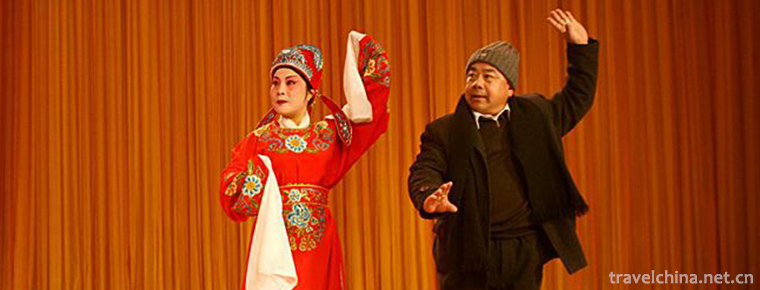
Yihuang Opera
-
Big and Small Size Dongtian Scenic Spot
The Size Dongtian Scenic Area (formerly known as the Haishan Scenic Spot and Aoshan Scenic Spot) is located in the southern corner of Nanshan Province, 40 kilometers west of Sanya City
Views: 174 Time 2018-12-12 -
Nansha Garden Hotel Guangzhou
Nansha Garden Hotel, a brand-new landmark building in Dawan District and New Nansha, was commissioned on June 20, 2018. The brand of Garden Hotel added a unique creative design hotel.
Views: 263 Time 2018-12-16 -
Hanguguan Historical and Cultural Tourist Area
Hangguguan Historic and Cultural Tourist Area is a national AAAA-level scenic spot built by Lingbao Municipal Committee and Municipal Government with an investment of 589 million yuan.
Views: 237 Time 2018-12-26 -
Iron Man Wang Jinxi Memorial
The Iron Man Wang Jinxi Memorial Hall was built in 1971 to commemorate the pioneer fighter of the Chinese working class, the Iron Man Wang Jinxi. The Ironman Memorial Hall
Views: 200 Time 2019-02-22 -
Western Grand Canyon
Western Grand Canyon Hot Spring is a national AAAA-level tourist attraction, located in Shuifu City, Yunnan Province, 32 kilometers away from Yibin City, Sichuan Province
Views: 147 Time 2019-02-25 -
Porcelain painting
Porcelain plate painting refers to a kind of planar ceramic handicraft which is manually painted and glazed with special chemical pigments on plain porcelain plate and then
Views: 252 Time 2019-04-22 -
Daur traditional Hockey
Daur's traditional hockey sport is called "Bei Kuo Taj Ke Bei" in Daur language. Bei Kuo refers to a bat. The Daur bat is made by grinding oak wood with curved roots and straight branches. I
Views: 131 Time 2019-04-22 -
Sugar Eggs
Laozao is a local snack, belonging to Sichuan cuisine. Laolao, a kind of wine brewing in ancient Chinese, is a Sichuan dialect, that is, boiled eggs with wine brewing. Put the mash in the pot and boil
Views: 482 Time 2020-03-09 -
And then I met him 66 Hu Tik Tok Songs 2020 Hot Songs
Hey, do you still think of me Like I cry sometimes at night I was so happy that I thought you were the end To give you everything Time is always disobedient and starts to play dumb
Views: 501 Time 2020-05-21 -
Yamugou scenic spot
Yamugou scenic spot is located on the Bank of Taiping River (a famous scenic spot in Guizhou Province) in Jiangkou County, Tongren City, Guizhou Province, adjacent to Fanjing Mountain (National Nature Reserve, China's top ten famous summer resort).
Views: 165 Time 2020-10-13 -
Nanchong social security
In 2019, there were 145900 urban "minimum living allowance" workers in Nanchong, 17500 less than that in 2018; 562400 rural "subsistence allowances", an increase of 20900 over 2018; and the per capita subsidies for urban and rural minimum living allowances
Views: 358 Time 2020-12-17 -
Climate in Guangan
Guang'an City belongs to the humid monsoon climate zone of middle subtropical zone, with mild climate and suitable for agriculture in four seasons. In summer, it is affected by the Pacific subtropical high, the Qinghai Tibet high, the plateau fluctuation, and the southwest w
Views: 190 Time 2020-12-19
